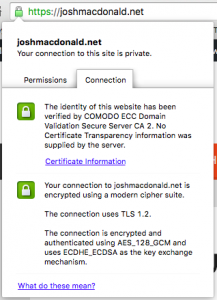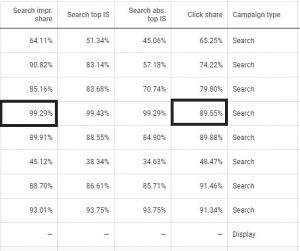DoubleVerify Unveils Carbon Emissions Measurement For Online Advertising
DoubleVerify announced the creation of a carbon footprint metric that breaks-down an ad campaign’s carbon emissions and includes data on ad tech platforms that contributed to the emissions. The metric will become available soon.
The announcement made at the Cannes Lions festival Monday by the digital media measurement company includes an exclusive partnership with Scope3, which measures supply chain emissions data.
“The advertising industry has been overlooked as a significant source of supply chain emissions,” said Brian O’Kelley co-founder and CEO of Scope3. “It’s a challenge that can be solved and sustainable advertising can meaningfully contribute to the fight against climate change.”
Company executives wanting to make carbon-aware business decisions now have metrics and insights into how to run effective campaigns while using the least amount of energy is critical, he said.
The partnership, which the companies call a “first of its kind,” will provide agencies and advertisers with a campaign-based carbon footprint metric through DoubleVerify’s service and analytics platform, DV Pinnacle.
Mark Zagorski, DoubleVerify CEO, said the partnership with Scope3 lets DoubleVerify put carbon emissions data alongside foundational ad performance criteria like viewability, brand safety and fraud/IVT.
Integrating data into DoubleVerify Pinnacle lets brands factor emissions into campaign decisions, bringing the industry a step closer to decarbonization.
Turns out that the electricity used by servers powering real-time bidding, machine learning, identity management, and other parts that makeup the digital advertising supply chain create a carbon footprint.
Greenhouse gas emissions are categorized into three types known as Scopes by the Greenhouse Gas (GHG) Protocol.
- Scope 1: Direct emissions from owned or controlled sources
- Scope 2: Indirect emissions
- Scope 3: All other indirect emissions that occur
Consumers expect brands to address climate change, with 65% demanding cuts to carbon emissions. Brands are launching new products or changing how they make old ones, but one part of the carbon footprint that has been overlooked, online advertising.
For display ad campaigns, the emissions linked to auction calculation is around 50 kgCO2eq, making up 3% of this channel’s total emissions, according to a recent study.
Updating the data monthly, Scope3 gathers public data from sustainability reports, then enhances it with data from various sources, such as ad calls from web scrapers, ad tech vendors from ads.txt and sellers.json. Sometimes its analysts survey companies to confirm information and gain more detail.
Scope3 also partners with tech and product experts to walk through the lifecycle of an ad call and the underlying technical infrastructure. Reports are pulled from cloud and datacenter providers to get accurate energy and emissions data.
The datasets let Scope3 create models of the core inputs and outputs for each product and service in the ad supply chain, enabling aggregation of emissions data and scenario modeling of potential changes.
The new metric will let the industry gain detailed campaign reports outlining the digital supply chain entities that contributed to campaign emissions, as well as provide custom data and reporting to cover specific partners, platforms, channels, inventory, formats, and regions.
(18)
Report Post








